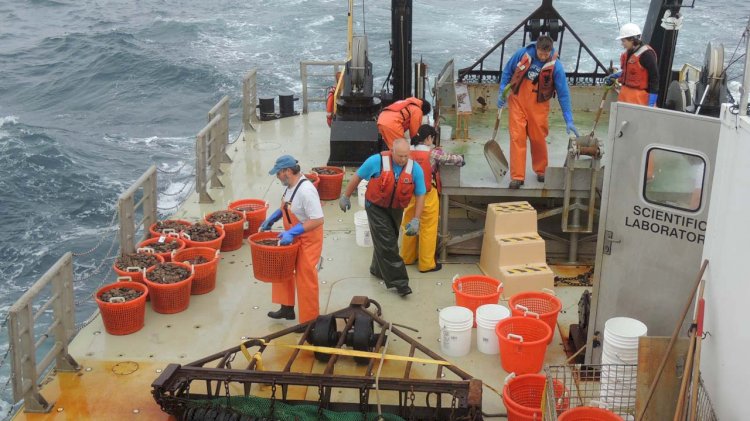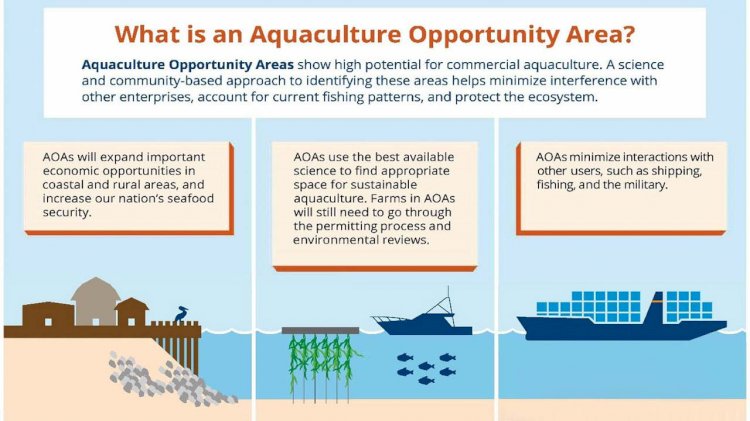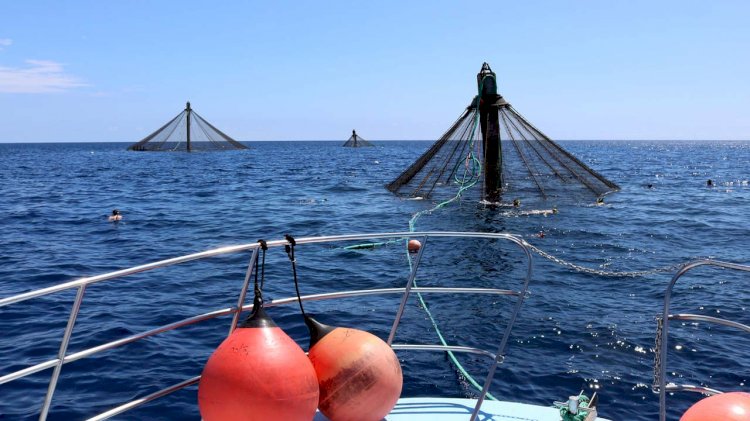NOAA designates two new offshore aquaculture development zones in US waters
Federal waters off Southern California and in the Gulf of Mexico were chosen first based on potential to host sustainable commercial aquaculture.

NOAA Fisheries has announced federal waters off southern California and in the Gulf of Mexico as the first two regions to host Aquaculture Opportunity Areas.
The selection of these regions is the first step in a process designed to establish 10 Aquaculture Opportunity Areas nationwide by 2025. These two regions were selected for future aquaculture opportunity area locations based on the already available spatial analysis data and current industry interest in developing sustainable aquaculture operations in the region.
Chris Oliver, Assistant Administrator for NOAA Fisheries, said:
“Naming these areas is a big step forward. The creation of Aquaculture Opportunity Areas will foster the U.S. aquaculture industry as a needed complement to our wild capture fisheries. This type of proactive work creates opportunities for aquaculture farmers and maintains our commitment to environmental stewardship.”

Aquaculture Opportunity Areas are called for in the May 2020 Executive Order on Promoting American Seafood Competitiveness and Economic Growth. They are defined as geographic areas that have been evaluated for their potential for sustainable commercial aquaculture. Selected areas are expected to support multiple aquaculture farm sites of varying types including finfish, shellfish, seaweed, or some combination of these farm types. To identify each area, NOAA will use scientific analysis and public engagement to highlight spaces that are environmentally, socially, and economically appropriate for commercial aquaculture.
Nicole LeBoeuf, Acting Assistant Administrator for the National Ocean Service, said:
"While NOAA has selected the regions for these first Aquaculture Opportunity Areas, the exact locations will be identified based on best-available science, including data-driven siting analyses using hundreds of data layers of ocean conditions and uses. Stakeholder input is also essential to ensure the Aquaculture Opportunity Areas are sited in the best locations for aquaculture and to avoid conflicts with other industries or environmental harm."
There is no predetermined size for an Aquaculture Opportunity Area. Each of the first two areas may accommodate approximately three to five commercial aquaculture operations, but this will vary depending on the specifics of the location. The size and shape of operations in each area will be determined as part of the Aquaculture Opportunity Area identification process. During this process, NOAA will work with federal and state partners, tribes, and interested stakeholders to determine the appropriate size of each.


























































































































































